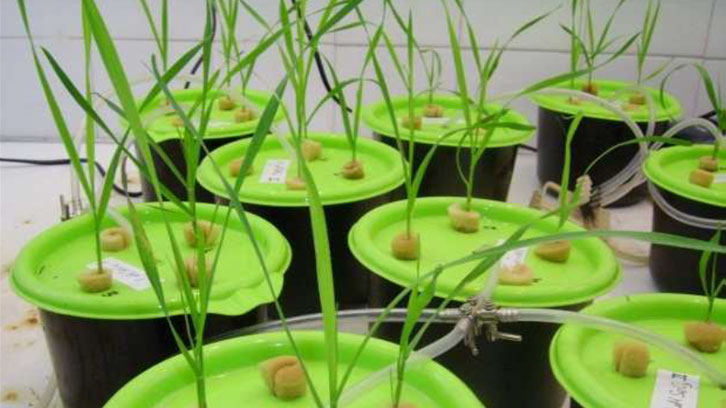Dual Effects of Different Selenium Species on Wheat

Seleniumis an essential element due to the variety of selenoprotein functions vital to humans and animals. The narrow margin between toxicity, essentiality and deficiency is leading to greater interest in Se because of both health and environmental impacts.
Wheat (Triticum aestivum) and its derivative products account for a major source of dietary intake of selenium (Se) in humans and animals, because of its essentiality due to its presence in vital enzymes. Se antioxidant role has resulted in the popularity of agronomic biofortification practises in Se deficient areas.
Plantssynthesize selenoproteins from selenium absorbed from soil, which is usually found in an inorganic form. Consequently, it is essential to control the processes by which crops are enriched with selenium. The control of the uptake, translocation and accumulation of selenium in wheat according to its speciation can minimize risks of toxicity or deficiency and, consequently, can be of help to select the best method of biofortification.
Selenateand selenite are the two main inorganic forms of selenium that are available in soil. The most striking result of the study reveals that inhydroponics the two species of selenium behave differently when they are supplied separately than when supplied in combination, with the behavior of selenite dominating, which is taken up faster and seems to cause interference with the absorption and transport of selenate (Figure). Furthermore, selenium shows dual effects on wheat plants, ie, at low concentrations acts as a stimulant of growth whereas at high concentrations causes a reduction of root elongation and in biomass production and alters the absorption and translocation of several other nutrients.
In conclusion, the selenium form (selenite, selenate or both species combined) and the initial total amount of selenium supplied to the hydroponic culture, define its effects on the physiological parameters and on the accumulation of both selenium and other micro and macronutrients.
Centre Grup de Tècniques de Separació en Química (GTS)
Department of Chemistry
Mercè Llugany
Unity of Plant Phisiology
Department of Animal Biology, Plant Biology and Ecology
merce.llugany@uab.cat
References
Guerrero, B.; Llugany, M.; Palacios, O.; Valiente, M. Dual effects of different selenium species on wheat. Plant Physiology and Biochemistry. 2014, vol. 83, p. 300-307. doi: 10.1016/j.plaphy.2014.08.009.


